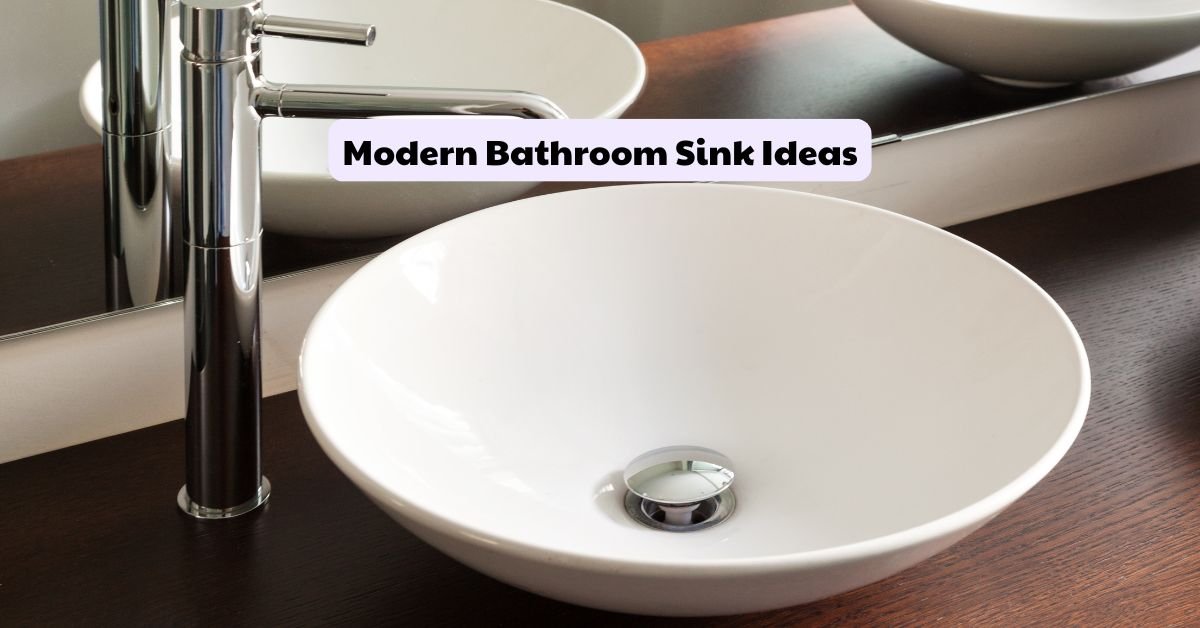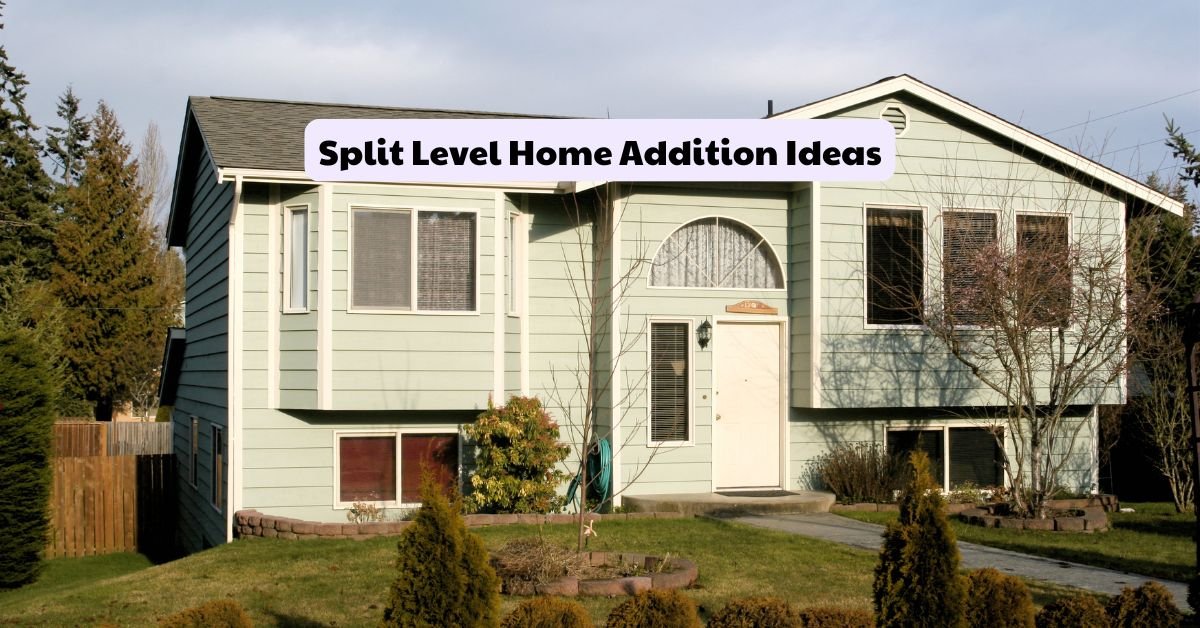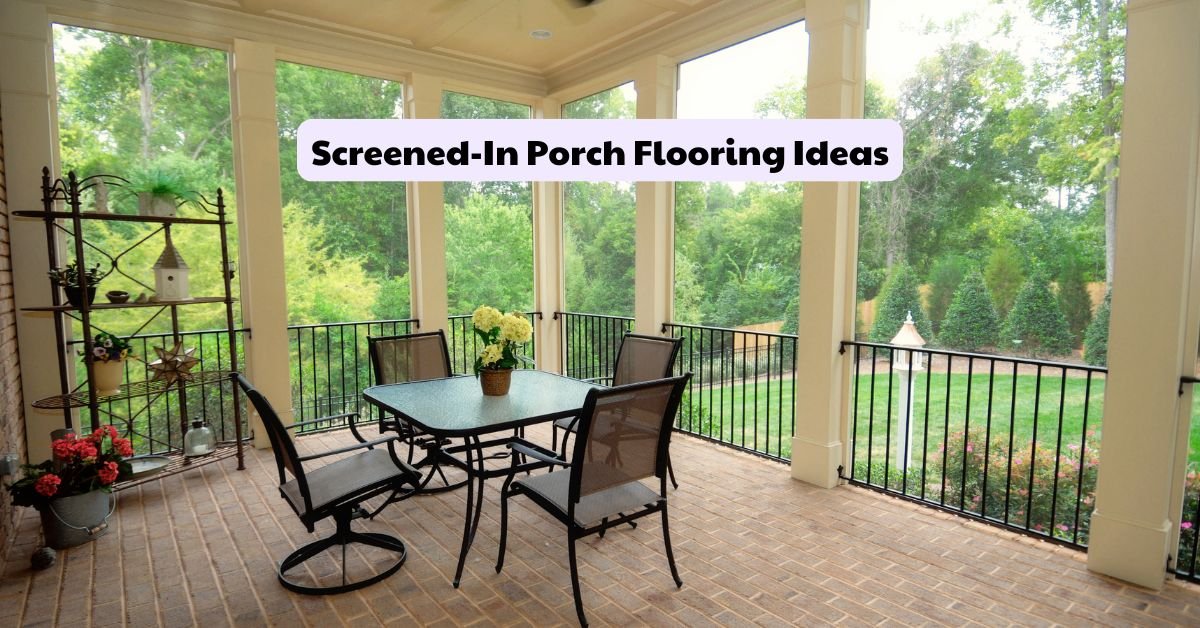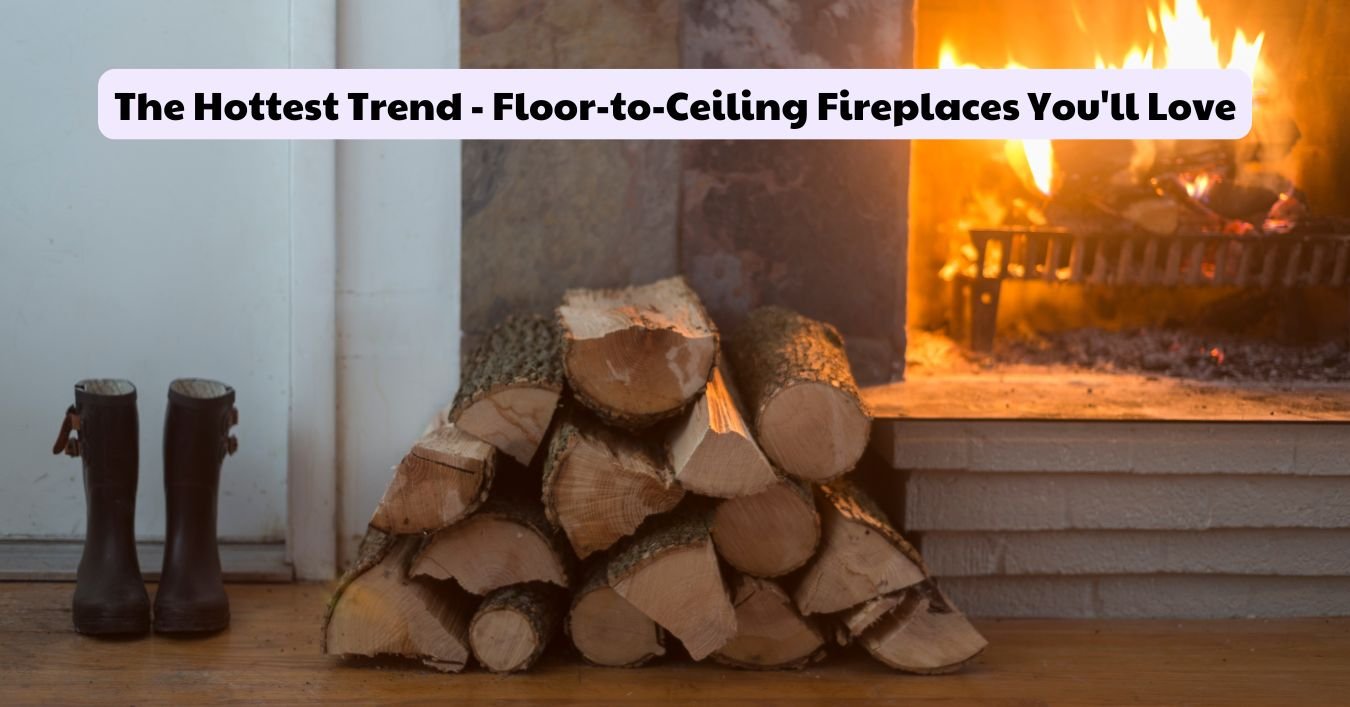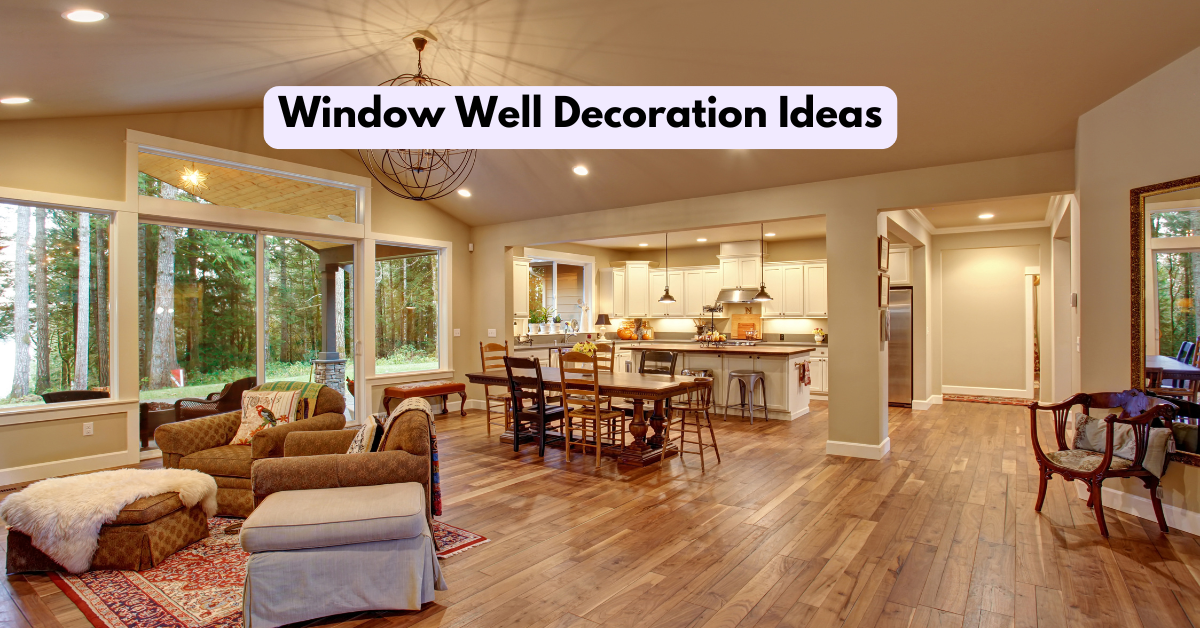Secret Rooms in Houses – Hidden Spaces in Your Home
Imagine stepping through a bookcase into a cosy hideaway or pressing a hidden button to reveal a concealed chamber. Secret rooms in houses have long fascinated us, offering mystery and practical uses. They’re not just for show; they’re helpful for storing things, keeping them safe, and providing personal space.

From old safe houses to today’s panic rooms, these hidden spots have changed over time. Now, people love adding secret rooms to their homes for extra storage or as private spots. If you want to make the most of your space or add some mystery, secret rooms are a great choice.
Key Takeaways
- Secret rooms blend mystery with practical functionality
- Hidden spaces serve various purposes, from storage to security
- Concealed chambers can maximise unused areas in your home
- Modern technology enhances the design and access of secret rooms
- Hidden spaces can add value and intrigue to your property
The Allure of Hidden Spaces – Why Secret Rooms Captivate Us
Secret rooms have always sparked our curiosity. They are like hidden treasures in our homes and hearts. These spaces are special because they are secret.
Historical Significance of Concealed Chambers
Secret rooms have been important throughout history. In times of danger, they were safe places for those in hiding. During Prohibition, secret bars were found in them. These rooms have played big roles in our history.
Psychological Appeal of Private Sanctuaries
Secret rooms are more than just old hiding spots. They offer us privacy in a busy world. They can be our private place to relax and get away from it all.
Modern-Day Uses for Secret Rooms
Nowadays, secret rooms have many uses. Some people use them for safe storage, while others turn them into hidden offices or places for fun. These rooms are a hit in modern homes because they are so versatile.
| Secret Room Type | Common Uses | Average Size (sq ft) |
| Hidden Library | Reading, Studying | 100-150 |
| Panic Room | Security, Emergency Shelter | 50-100 |
| Secret Home Office | Work, Privacy | 80-120 |
| Hidden Game Room | Entertainment, Relaxation | 150-200 |
Secret rooms are still a big draw for homeowners today. They combine practical uses with a touch of mystery, making them a key part of modern home design.
Types of Secret Rooms in Houses
Secret rooms in houses are diverse, each with its purpose. They range from hidden offices to panic rooms. These spaces provide privacy, security, and a hint of mystery.
Hidden offices are ideal for those needing a quiet place to work. They blend into the surroundings, with desks and storage hidden behind bookshelves or false walls. This makes them perfect for uninterrupted work.
Panic rooms focus on safety, with communication tools and supplies on hand. These secret spots offer a haven during emergencies. They give homeowners peace of mind.
For those who love fun, hidden cinemas or game rooms are great. These spots can be hidden behind sliding panels or secret doors. They open up to a world of entertainment when you want.
Concealed storage areas are great for keeping valuables safe or making the most of space. You might find hidden closets, under-floor spaces, or attic areas with secret entrances.
| Secret Room Type | Primary Purpose | Common Location |
| Hidden Office | Work and Study | Behind Bookcase |
| Panic Room | Safety and Security | Basement or Central Room |
| Entertainment Space | Leisure and Relaxation | Attic or Spare Room |
| Concealed Storage | Organisation and Safekeeping | Under Stairs or Floorboards |
Secret rooms can add security, extra storage, or a unique touch to your home. They can change how you live, bringing both practicality and mystery to your space.
Planning Your Hidden Space: Design Considerations
Creating hidden spaces in your home requires careful planning and thoughtful design. Are you dreaming of concealed chambers or veiled vaults? Proper preparation ensures that your secret room fits your needs and matches your home’s layout.
Assessing Available Space in Your Home
First, look at your home’s layout to find spots for hidden spaces. Check for unused corners, alcoves, or spaces under staircases. Think about turning a spare closet into something special or dividing a big room. Even small spots can become cool secret spots with smart design.
Determining the Purpose of Your Secret Room
Decide what your secret room will be used for. Will it be a private study, a safe room, or a hidden spot for fun? The purpose will help you decide on size, access, and what you need. Make a list of essential features to make sure it suits your needs.
Budgeting for Your Clandestine Project
It’s essential to set a realistic budget for your secret room. Consider the costs of building, custom furniture, and any special gear. Remember to include money for any changes to the structure and expert help.
| Item | Estimated Cost Range |
| Construction | £5,000 – £20,000 |
| Hidden Door Mechanism | £1,000 – £5,000 |
| Furnishings | £2,000 – £10,000 |
| Security Features | £500 – £3,000 |
Thinking about these things carefully will help you create a valuable and exciting hidden space. Always consult experts to ensure that your secret room follows the rules and is safe.
Clever Entryways: Disguising Your Secret Room’s Access
Creating secret passages is an art that mixes creativity with engineering. Your secret room’s entrance should be both hidden and useful, fitting right into your home’s look.
- Movable bookshelves that pivot on hidden hinges
- False walls that slide or swing open
- Trapdoors disguised as ordinary flooring
- Mirrors that double as secret doors
When planning access to your secret room, consider how you want to open it. You could use push-button systems, remote controls, or even biometric scanners, which add security and mystery.
A well-designed secret entrance should be invisible to the untrained eye yet easily accessible to those in the know.
To keep your secret passages hidden, focus on details like matching woodgrains and wallpaper patterns. Choose hardware that blends in. The aim is to make the transition smooth and not suspicious.
| Entrance Type | Concealment Level | Ease of Use |
| Bookshelf Door | High | Medium |
| False Wall Panel | Very High | Easy |
| Trapdoor | Medium | Challenging |
| Mirror Door | High | Easy |
The secret to great hideaways is finding a balance between being useful and hidden. Your secret room should be easy for you to get into but hard for others to find.
Secret Rooms in Houses: Popular Locations and Ideas
Discover the charm of secret spots in your home. From attics to basements, these areas offer endless possibilities for unique spaces. Let’s look at some popular spots and ideas for your secret nook.
Attic Hideaways: Utilising Unused Space
Turn your dusty attic into a secret haven. Add a hidden trap door in a spare room ceiling for access. Fill the walls with bookshelves for a cosy reading spot or a private art studio. With insulation and lighting, your attic becomes a delightful retreat.
Basement Bunkers: Underground Sanctuaries
Basements are great for secret rooms. Build a false wall for a private cinema or games room. Use a sliding bookcase or a pivoting fireplace as an entrance. For extra secrecy, add soundproofing to your space.
Behind-the-Bookcase Classics: Literary-Inspired Hideouts
Embrace your love for books with a secret room behind a bookcase. Put a rotating shelf in your study or living room. This hidden spot can be for your book collection, a quiet workspace, or a small bar for guests.
“The best secrets are hidden in plain sight.”
The secret to a great secret room is blending in with your home. Whether it’s an attic hideaway, a basement bunker, or a book lover’s retreat, your secret spot will bring mystery and excitement to your home.
Technology and Secret Rooms: Smart Home Integration
Technology has changed the way we think about secret rooms. Now, you can control your hidden spaces with just a smartphone tap or a voice command, making veiled vaults and covert compartments more sophisticated.
Advanced security systems are key to keeping your secret room safe. They use biometric scanners like fingerprints or retinal scans to check who can enter. These technologies make your private space even more secure.
Automated lighting and climate control make your hidden space more useful. Imagine walking into your secret room to find everything just right. Smart sensors can change the lighting and temperature when you arrive, making it easy to switch between your living area and your secret spot.
| Smart Technology | Application in Secret Rooms |
| Voice Assistants | Control lighting, temperature, and access |
| Biometric Scanners | Secure entry and exit points |
| Smart Cameras | Monitor surroundings for added security |
| Automated Shelving | Maximise storage in compact spaces |
New ways to hide things have also emerged. Motorised bookshelves, sliding walls, and rotating floors can make your secret space more exciting. Just activate them with a voice command or your smartphone app. These tech solutions make your hidden space both secret and thrilling.
Legal Considerations: Building Codes and Permits
Planning secret rooms in houses means understanding the legal side. These hidden spots are exciting but come with big responsibilities.
Consulting Local Authorities
Start by talking to your local building department before making hidden spaces. They know about zoning laws and building codes in your area. Some places have strict rules about secret rooms, especially if they change your home’s structure.
Safety Regulations for Hidden Spaces
Safety is critical when creating secret rooms. Make sure they have good ventilation, fire safety, and accessible exits. Hidden rooms must also follow building codes to avoid dangers.
| Safety Consideration | Requirement |
| Ventilation | Adequate air circulation system |
| Fire Safety | Smoke detectors and fire-resistant materials |
| Egress | Easily accessible exit point |
| Electrical | Proper wiring and circuit protection |
Disclosure Requirements When Selling Your Home
If you’re selling a house with secret rooms, you might have to tell buyers about them. In some places, sellers must reveal all hidden spots, even if they’re not counted in the square footage.
Secret rooms can make your home more interesting, but they must be safe and legal. Always follow local rules to keep your hidden spots a joy, not a worry.
DIY vs. Professional Installation: Weighing Your Options
Deciding between DIY and professional installation for secret passages and hideaways is a big decision. Each option has pros and cons, depending on your skills, budget, and vision for your mystery room.
DIY fans love the challenge of making their hidden spots. It lets you have full creative control and can save money. You get to see your secret room ideas come to life with your own hands. It’s perfect if you’re good at carpentry and enjoy solving problems.
But professional installation brings expertise and precision. Experts can handle tricky designs and ensure your secret spots are safe. They have the skills for smooth transitions and can finish the job quicker than you can.
| Aspect | DIY | Professional |
| Cost | Lower initial cost | Higher upfront investment |
| Time | Longer duration | Quicker completion |
| Skill Level | Requires personal expertise | Guaranteed craftsmanship |
| Customisation | Full creative control | Professional design input |
| Legal Compliance | Research needed | Often included in service |
Think about your timeline, budget, and what you want when picking between DIY and professional installation for your secret room. No matter your choice, the result will be a special and captivating part of your home.
Furnishing and Decorating Your Covert Space
Turning hidden spaces into valuable and stylish spaces requires careful planning. Treat your secret areas with the same care as any other room at home.
Multifunctional Furniture for Compact Areas
In small spaces, every inch is precious. Choose furniture that does more than one job. A sofa bed offers both seating and a place to sleep. Ottomans with hidden storage keep things neat and add extra seats. Wall-mounted desks can be folded away, saving floor space.
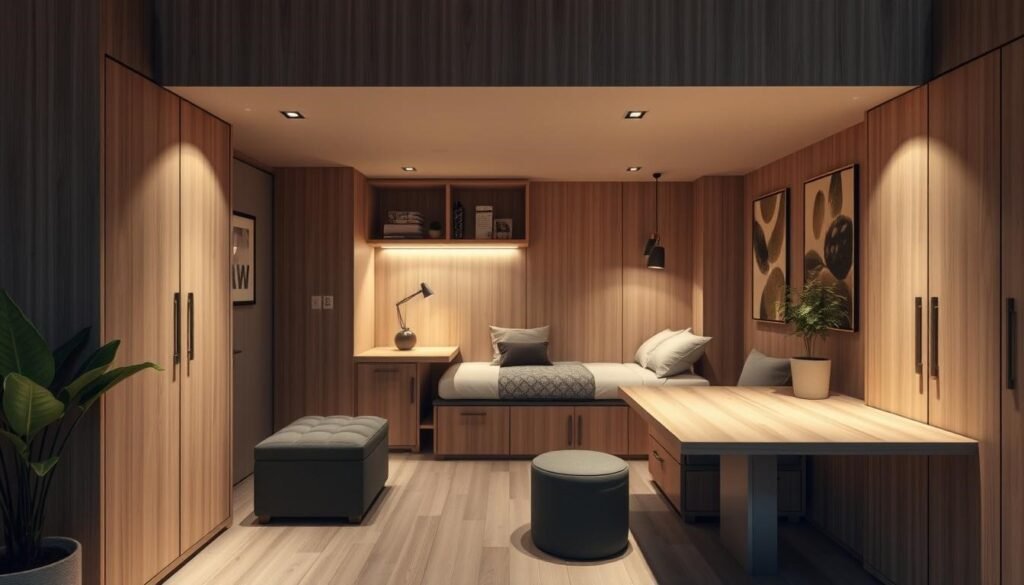
Lighting Solutions for Windowless Rooms
Lighting hidden areas can be hard. LED strip lights add a soft glow and can be hidden in corners or under shelves. Battery-powered sconces give a warm light without needing wires. For focused lighting, try clip-on lamps that hang on shelves or headboards.
Thematic Decor Ideas
Your secret room’s look should match its purpose. For a reading spot, fill walls with bookshelves and add a comfy armchair. A gaming area might have LED lights and soundproof panels. A meditation room could use calming colours and natural textures. Make sure your secret spots feel welcoming and personal.
- Use mirrors to make rooms look bigger
- Pick a colour scheme that ties the room together
- Add hidden storage to keep things tidy
Remember, your hidden spots should be useful and show off your style. With smart furniture and decor, your secret room will be a special place in your home.
Maintaining Privacy: Keeping Your Secret Room Concealed
The thrill of secret rooms in houses comes from their mystery. To keep your hidden spot secret, be discreet. Share your project only with trusted people and avoid public discussions.
After building your secret place, choose who to tell. The fewer people who know, the safer it stays. Think of a believable reason for any changes in your home’s look.
It’s essential to look after your secret room. Check the hidden door often to make sure it works well. If your secret spot has tech, keep it updated to avoid giving away its existence.
By doing these things, you’ll keep your secret room private and exciting. The magic of hidden rooms is in staying hidden, giving you a private spot in your home.


